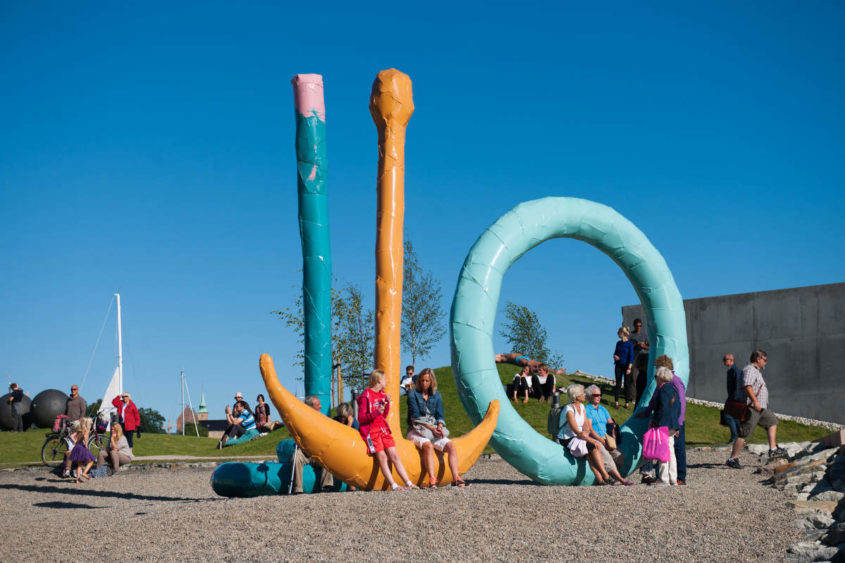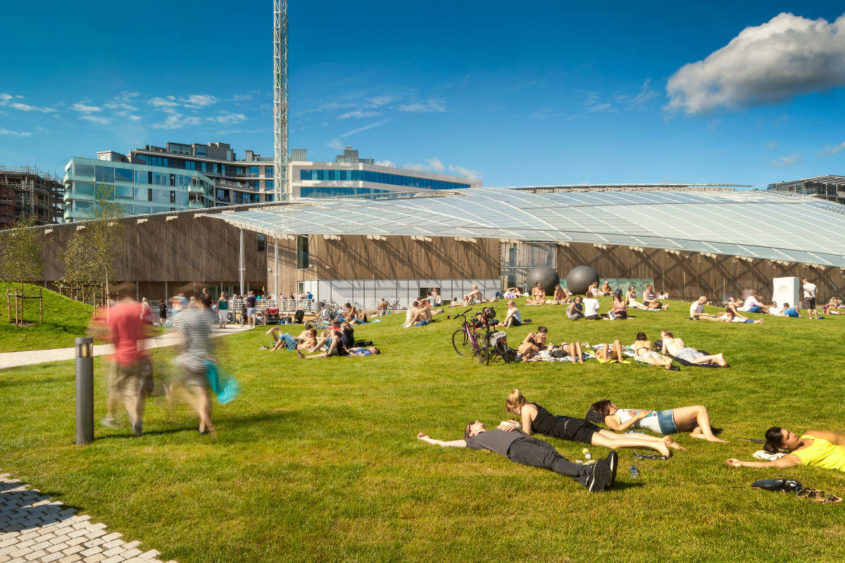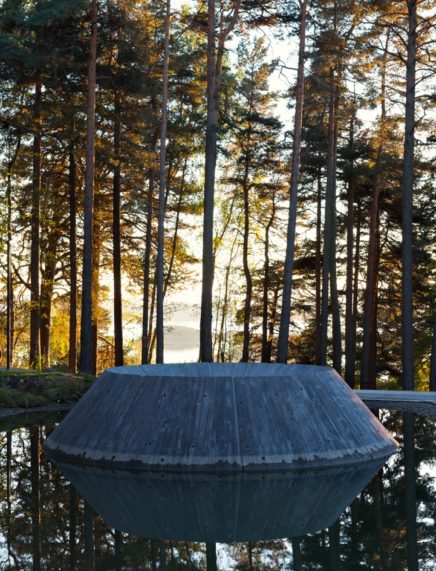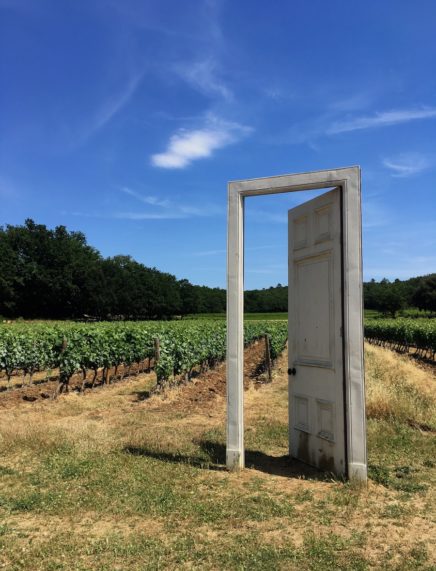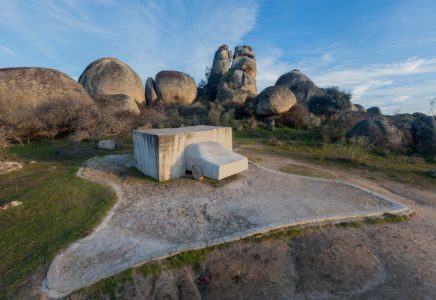Tjuvholmen Sculpture Park, Oslo
Given the increasing power of large corporations and their monopolization of the common good, a movement is bound to react sooner or later, from the inside or the outside, to demand something in return, something to fill in the ideological and communitarian void caused by neoliberal interests. That is when corporations realize they can benefit from sharing part of their wealth, collections and assets with the public. Culture perfectly illustrates that, with the construction of great museums and acquisitions of various artworks and authors.
Of course, there is a hidden side to all of this: large museums become, in turn, great corporations and the purchase of artworks tends to benefit a limited group of authors, particularly those who attract crowds and the media. Nevertheless, it remains a gesture in favor of culture and of public, political and institutional debates, which need to be followed.
Institutional critique has been lacking: it tends to forget purely artistic critique; favoring the macro level, it disregards proximity, which is essential to physically, emotionally and aesthetically experiencing works of art. The balance needs to be restored. For each artist that is lost, a few others are helped, privileged, even protected, without falling in a paternalistic, protectionist or charitable rhetoric. It is, very simply, a question of symmetry: a word that has been forgotten.
Since 2002, the Selvaag Gruppen and the Aspelin Ramm Gruppen have been developing some of Oslo’s most ambitious urban projects: the Tjuvholmen neighborhood is an ecosystem of businesses, high finances, luxury condos and culture. Conceived according to Renzo Piano’s museographic project and managed by two real estate companies, the Astrup Fearnley Museum is a private museum offering a collection that chose to include the market’s greatest names and most impactful artworks: all in all, a corporate collection including Damien Hirst, Jeff Koons, David Hockney, Elmgreen & Dragset, Nan Goldin, Francis Bacon, Tracey Emin, Cindy Sherman, Wolfgang Tillman, Rirkrit Tiravanija, among many, many others. The current Gilbert & George exhibition and the Anselm Kiefer one, which just closed, are both stunning – particularly the latter – and clearly demonstrate the potential of private museums and their ability to host great retrospective exhibitions of major contemporary artists.
The sculptures located in the park next to the museum do not belong to the museum but to the two companies’ portfolios of artworks and artists. The morphology of the park and the placement of the artworks are radically different from the Ekebergparken sculpture park and from another, similar, more modest one (but just as interesting): the Henie Onstad Kunstenter, located on the outskirts of Oslo. In the first two, the predominance of trees and greenery gives them a mystical, magnetic aura, whereas Tjuvhomen’s singularity and appeal stem from the proximity of the fjords’ water. That said, there are so many sculpture parks in Oslo that is it only natural to compare them, without necessarily making value judgments.
Unlike Ekebergparken or the Henie Onstad Kunstsenter, visitors don’t have the sensation of entering a place of retreat at Tjuvholmen. The landscape is open, with few trees; it privileges the immensity of the horizon and sunlight; it is easily accessible and welcoming. It is, after all, an urban park, animated by residential complexes, surrounding businesses, passersby, and Oslo’s maritime activity. It isn’t uncommon to see ships and ferries cleave through Norway’s cold waters; from time to time a call for boarding or landing resounds – ship horns so loud they make the air vibrate and startle people who are not used to them.
Just like Ekebergparken, there is no propensity for monumentality here, except for Louise Bourgeois’ Eyes, but that is probably due to the figurative and conceptual aspects of the piece rather than to its size. Here, no sculpture truly stands out from the others. The fact that an architect, Renzo Piano, designed the park can explain the absence of hierarchy in favor of a well-thought-out balance.
Louise Bourgeois’ Eyes belongs to the surrealist discourse and to the realm of the signs and significations that this organ has been representing in artists’ delirious dreams. However, this reading might be simplistic and leave out Bourgeois’ scathing, often playful, criticism. Where some might see two eyes, others see two breasts. This superimposition of perceptions places Eyes in the masculine perception of feminine shapes. Breasts are the sexual attributes men look at first. On this small hillock, Bourgeois places her shapes, exposing them to everyone’s modesty and perception, free of taboos and filled with power.
Paul McCarthy has also sculpted a fascinating work. The artist paints Snow White and the Seven Dwarfs in black, a color that, in itself, already gives a sinister aspect to the ensemble. But McCarthy goes further and also distorts the figures. Not radically, just a few touches that transform the adorable and beloved tale into a terrifying one. In this context, sex, violence and fear are the instruments used by the author, who still sees in the subversion of folktales a way of understanding the occult and inexpressible aspects of imagination.
As for Franz West, it is in color that he finds the patterns of his works, and in this specific place in Oslo. Spalt highlights marine objects that belong to local memory: the buoy, the rope and the anchor are objects that can often be spotted on the boats that sail along the docks of Oslo. Vivid colors celebrate local character and counterbalance the often-grey atmosphere of Norwegian days. Artist Chairs also participates to this characteristic and erases the propensity for classification and taxonomy of modern understanding. The chairs can indeed be used, each with its own design and comfort, but they nevertheless remain objects created in the singular, unique and untouchable aura of art and of the whole system that supports that degree of eccentricity. Urban furniture or art? That is the question West is asking.
Anish Kapoor and Ellsworth Kelly offer the most minimalist object of this selection of sculptures. Kapoor works with a block of alabaster, a parallelepiped in which he carves a concavity. The sensuality is sculpted in the shape and Untitled has a haptic dimension rather than an optical one. With Kelly, it’s not so much the materiality of the sculpture that stands out but rather its shape. Untitled (Totem) questions the way we perceive ancient, monumental totemic objects. Here, because the size remains modest, the sculpture cannot be seen as a construction that is closed onto itself. Exterior elements are called upon within a game of perceptions and relations: from their location in relation to the horizon and to the park, as well as with the sun and the grass.
Things for a House on an Island is without a doubt the strangest encounter in this sculpture park. Peter Fischli & David Weiss stage a dwelling devoid of its inhabitants. Through the window, visitors can see what could be perceived as someone’s intimacy and the desire of isolation and reclusion as part of a romantic ideal.
On the other side of the Astrup Fearnley Museum, after the bridge that crosses the narrow canal, Antony Gormley defies gravity and tridimensional axes. An iron figure is firmly installed, standing horizontal to the museum wall. It gazes down at us, menacing, as though it were about to fall. But its static appearance contrasts with the suggestion of movement of gravity itself.
Close by, on the other side of the stairs, Ugo Rondinone casts the enormous head of a fantastic creature. While it certainly bears a resemblance with a cartoon character, it is impossible not to notice something insidious about its expression. MOONRISE. east. November. is as much a cartoon figure as it is part of a future larger sculpture, offering a glimpse of a colossal monster.
To sum up, Tjuvholmen Sculpture Park is a welcoming, family-friendly place, which benefits from its complicity with the Astrup Fearnley Museum and from its surrounding landscape. Its vitality comes from its proximity to Oslo’s urban and cosmopolitan life and from the various photographic opportunities it offers – a specificity that is in fact still used by cultural institutions and foundations as windows of opportunities for tourism and the media. And its proximity to the fjords creates the double desire to contemplate this ensemble of sculptures on land, but also from the sea: a totally different way of experiencing art.
